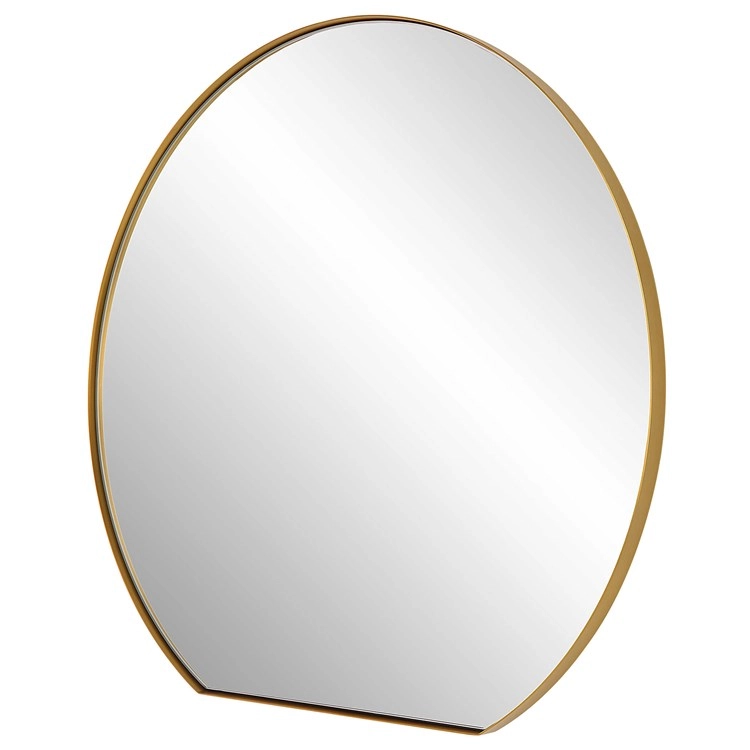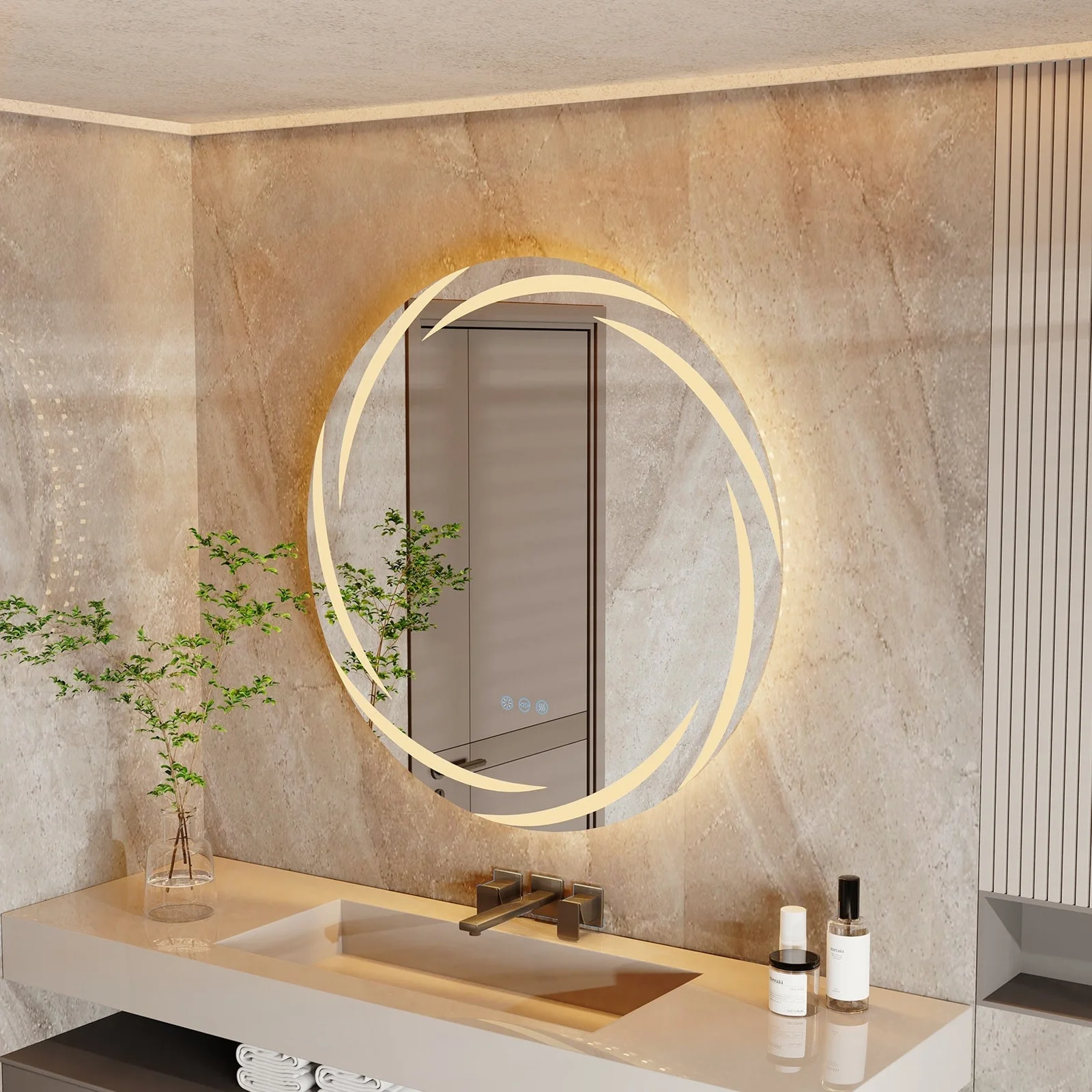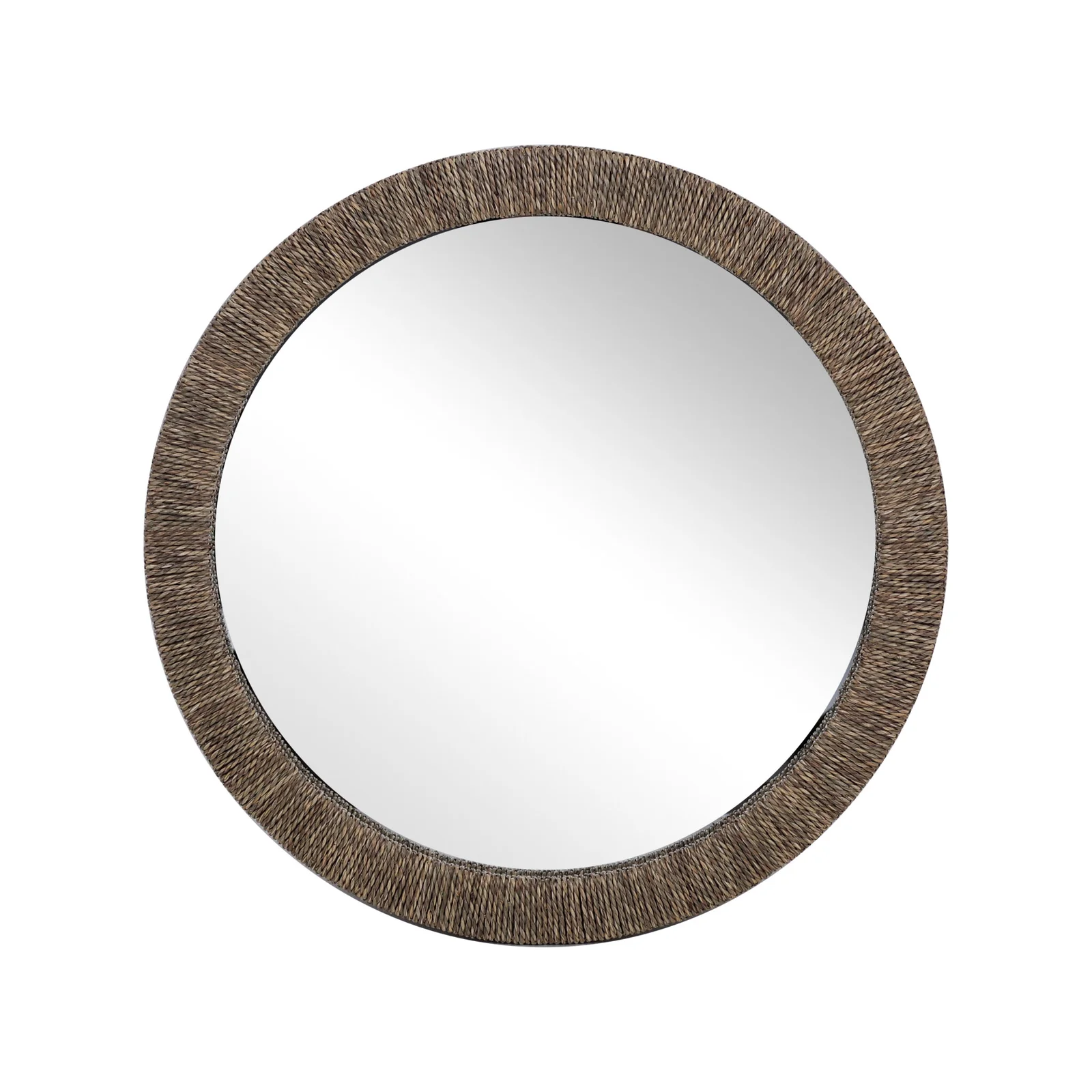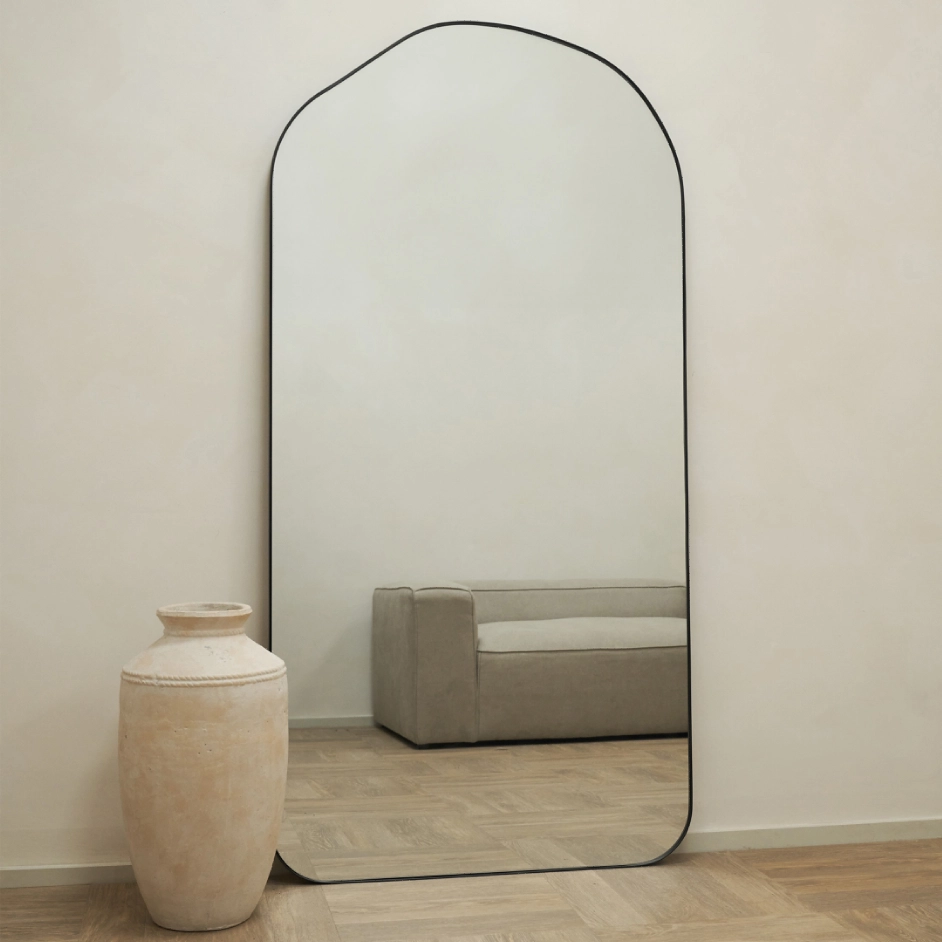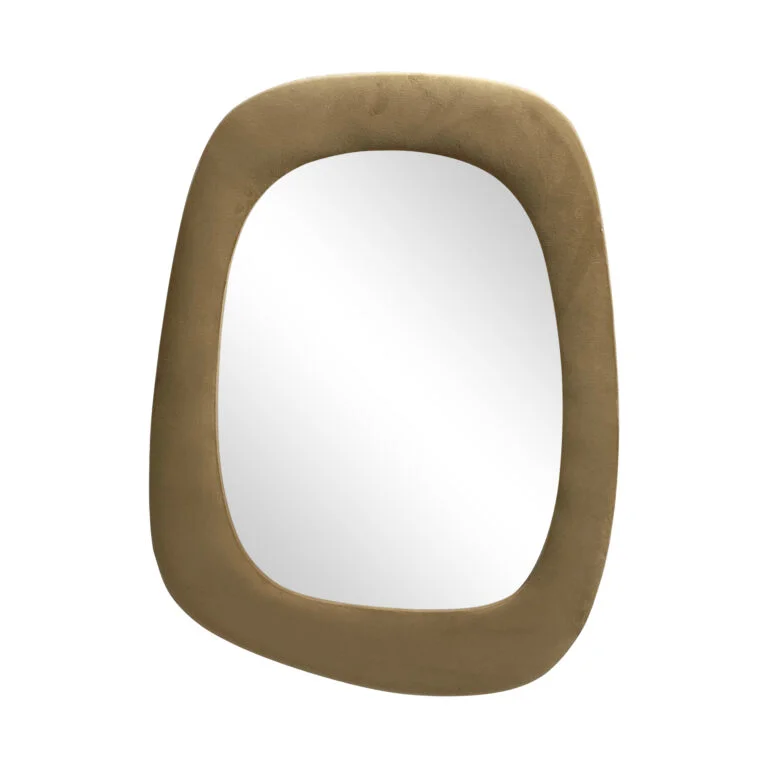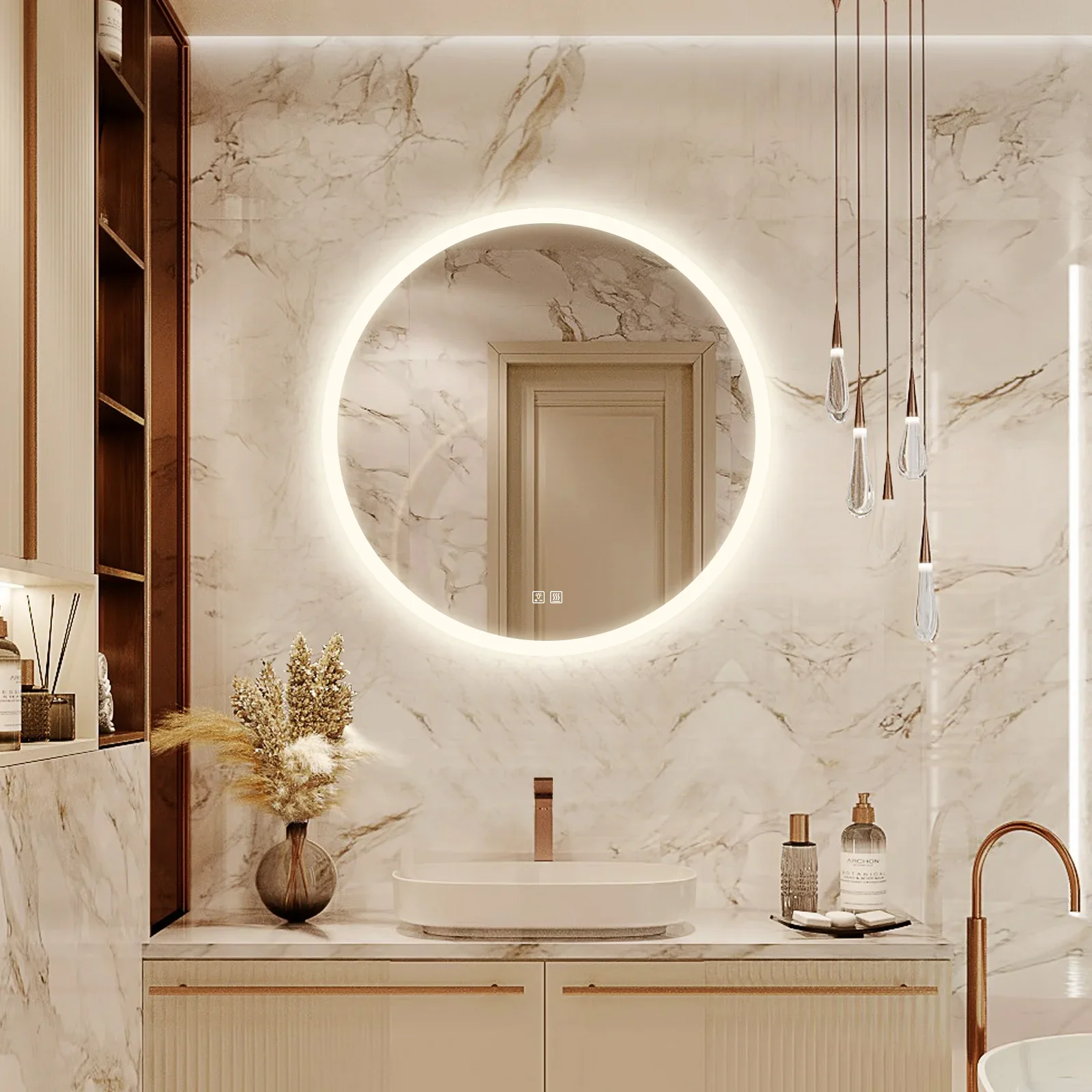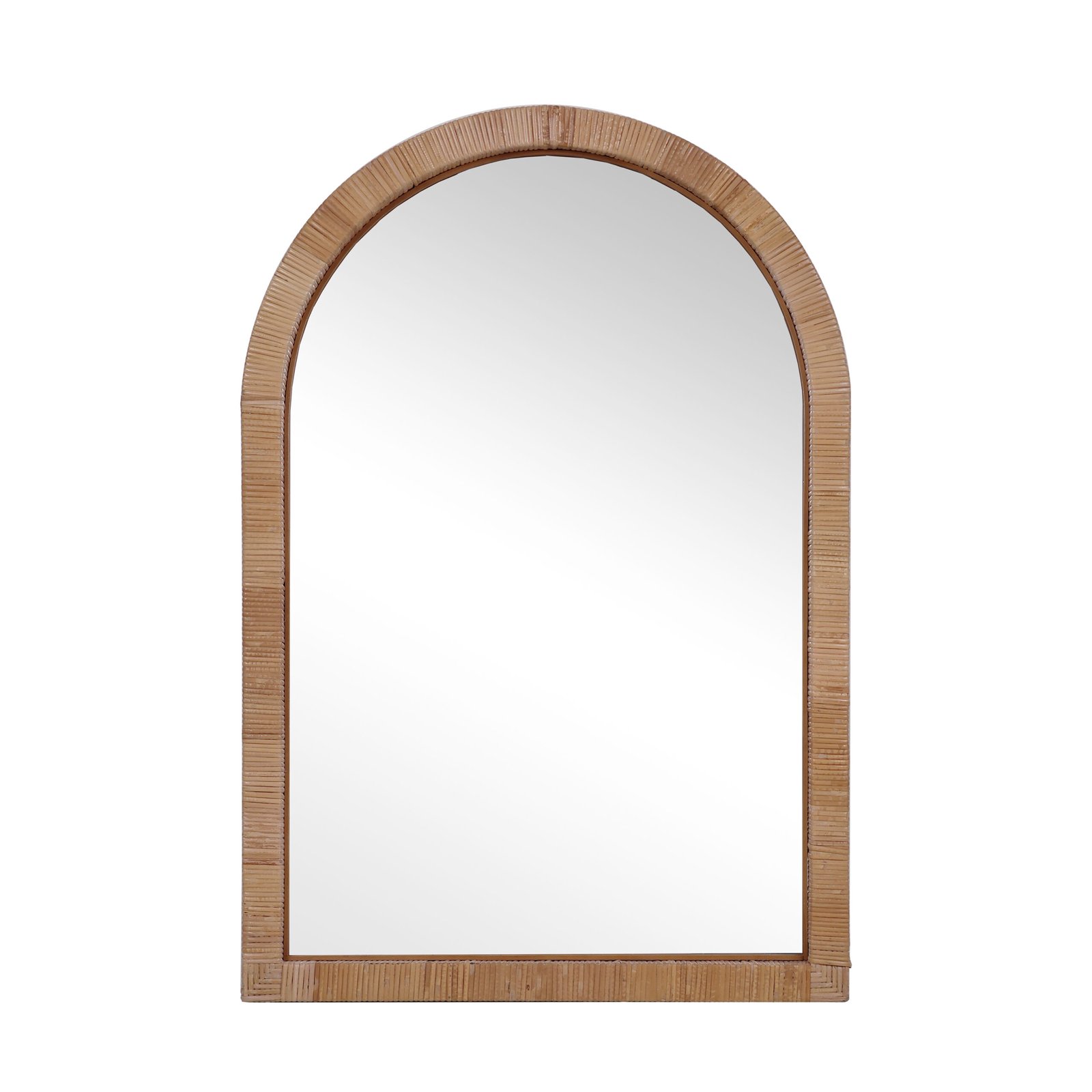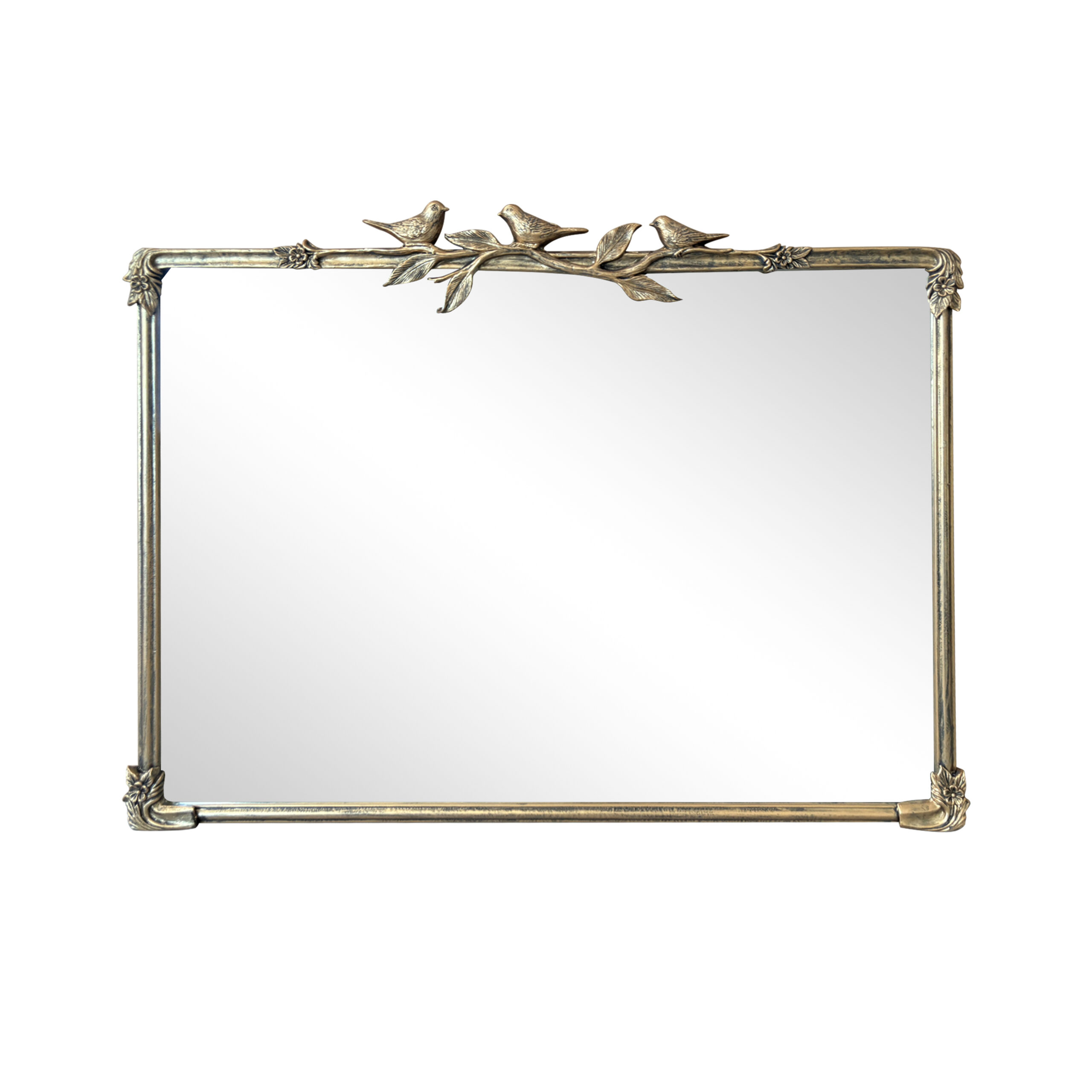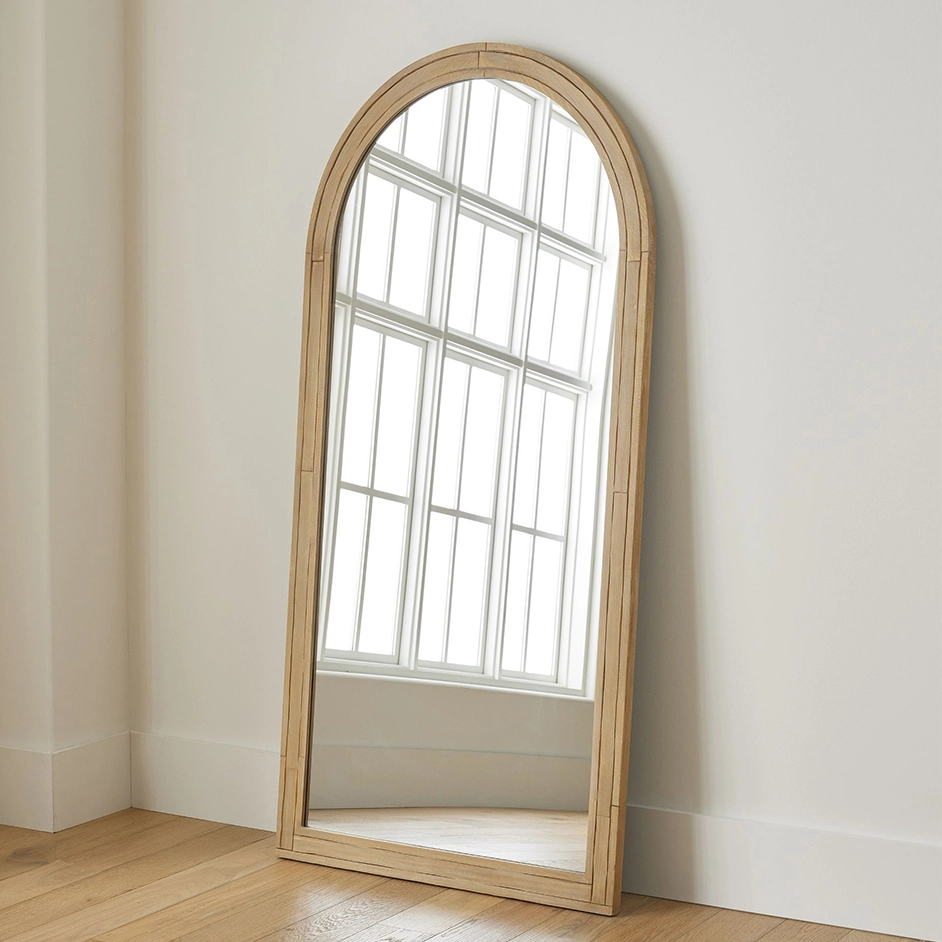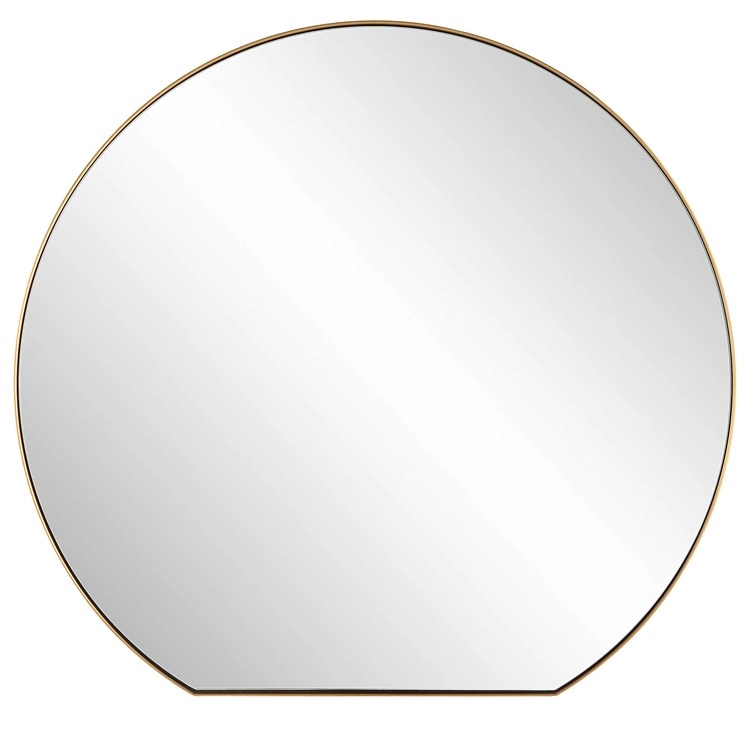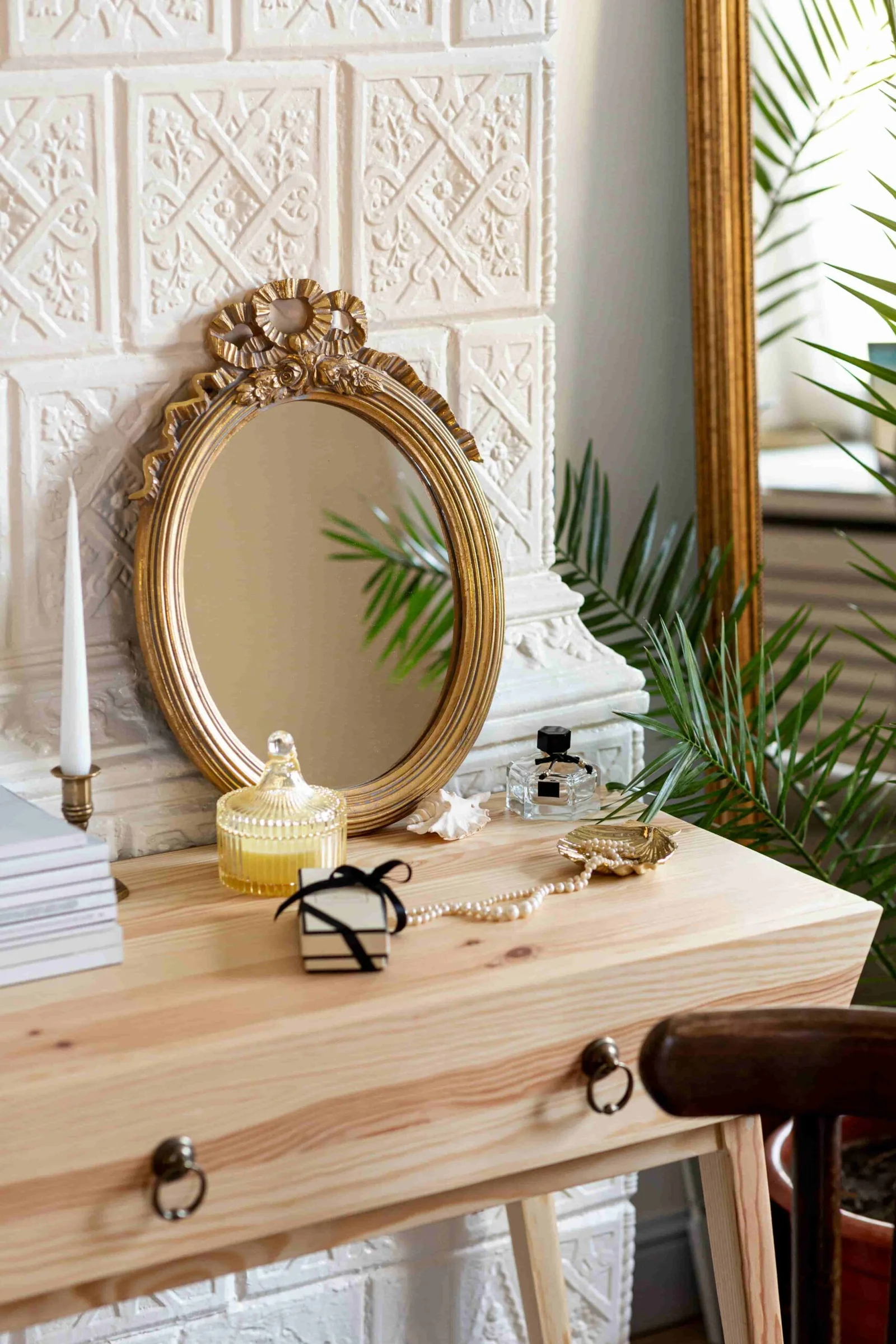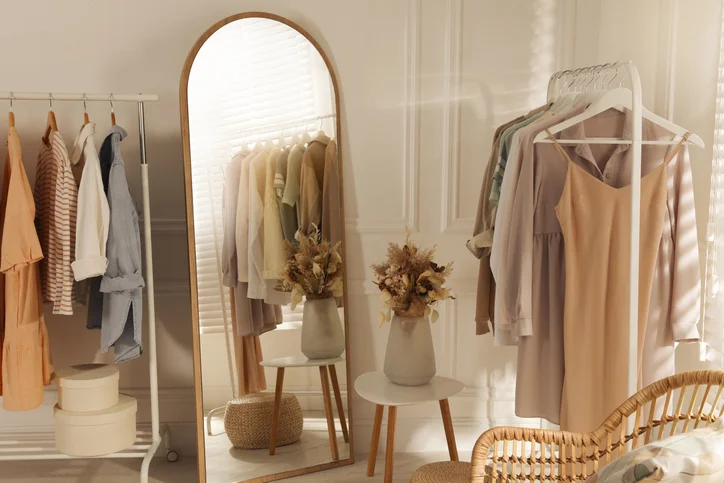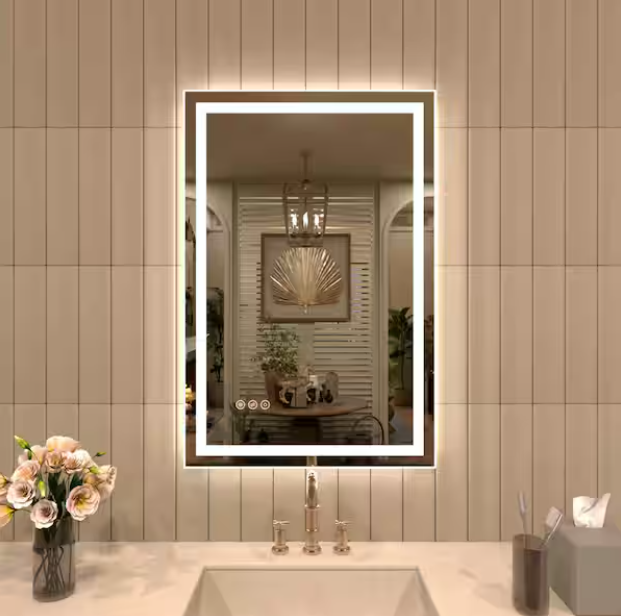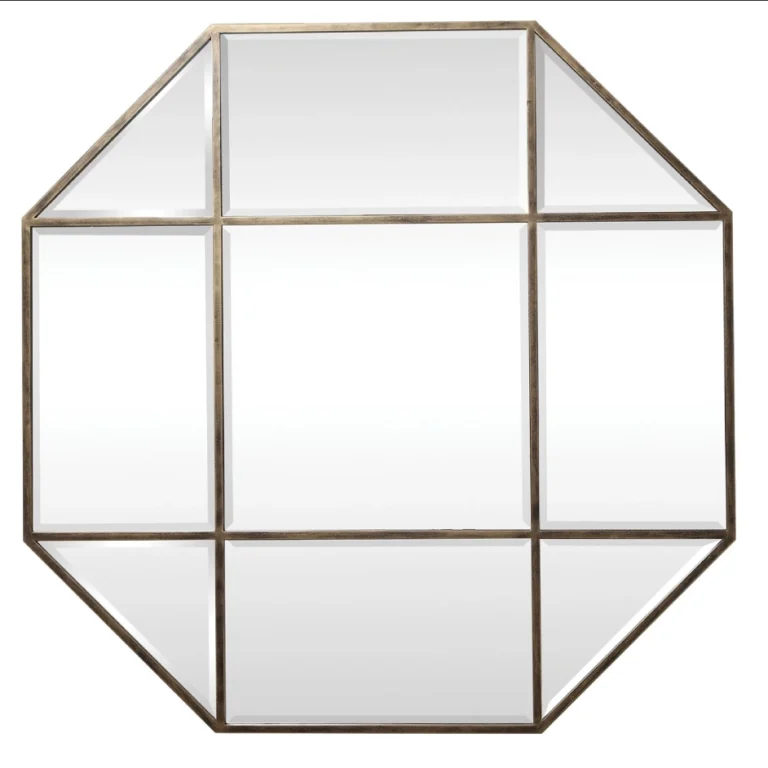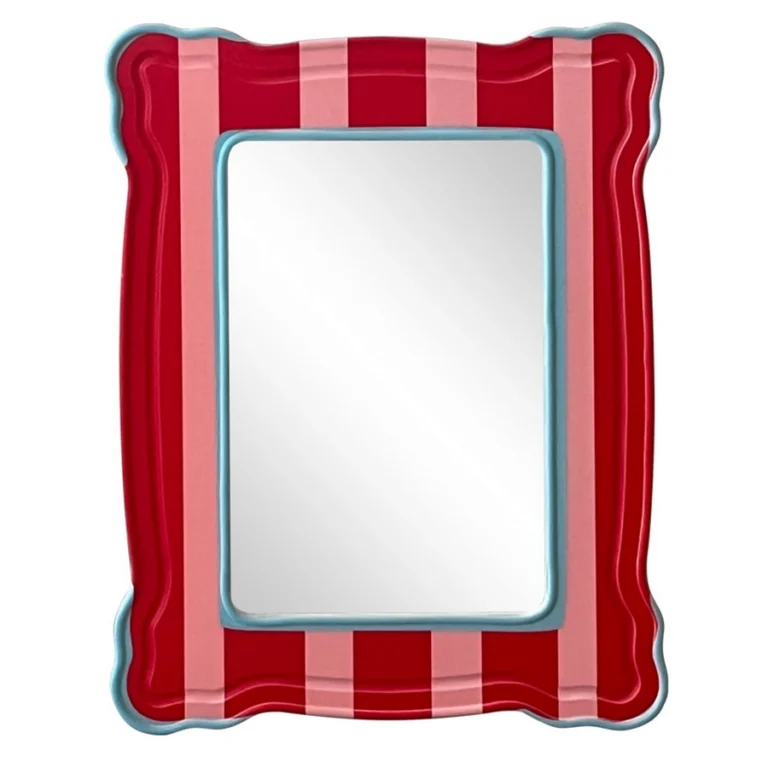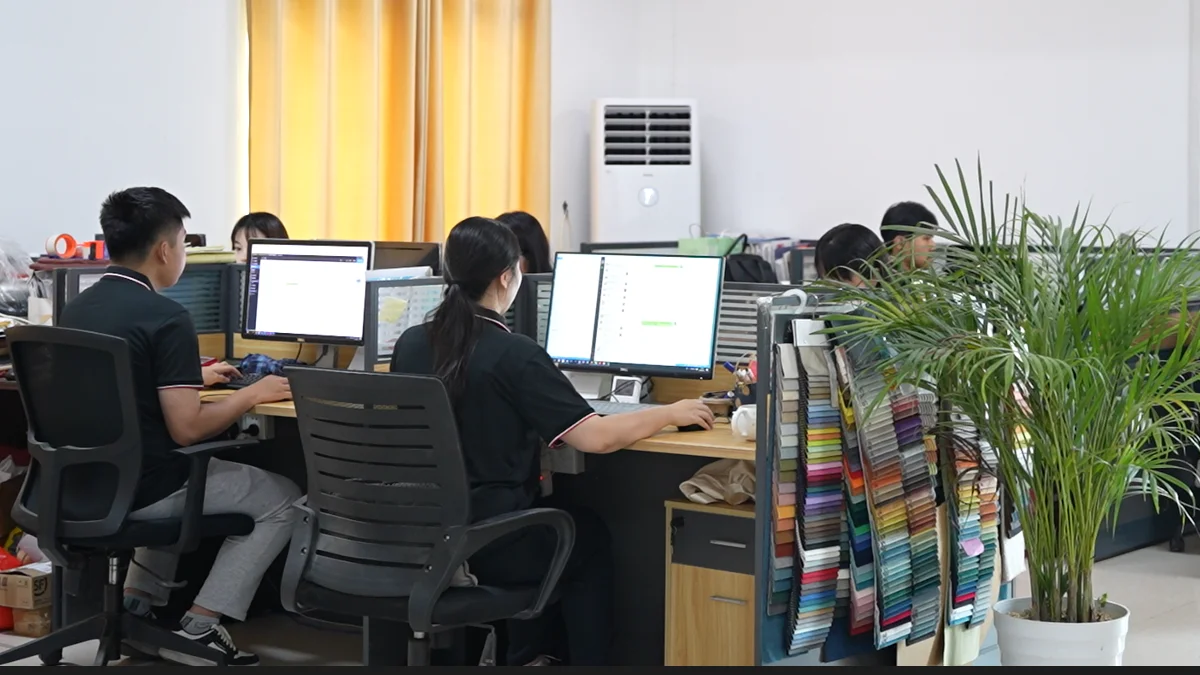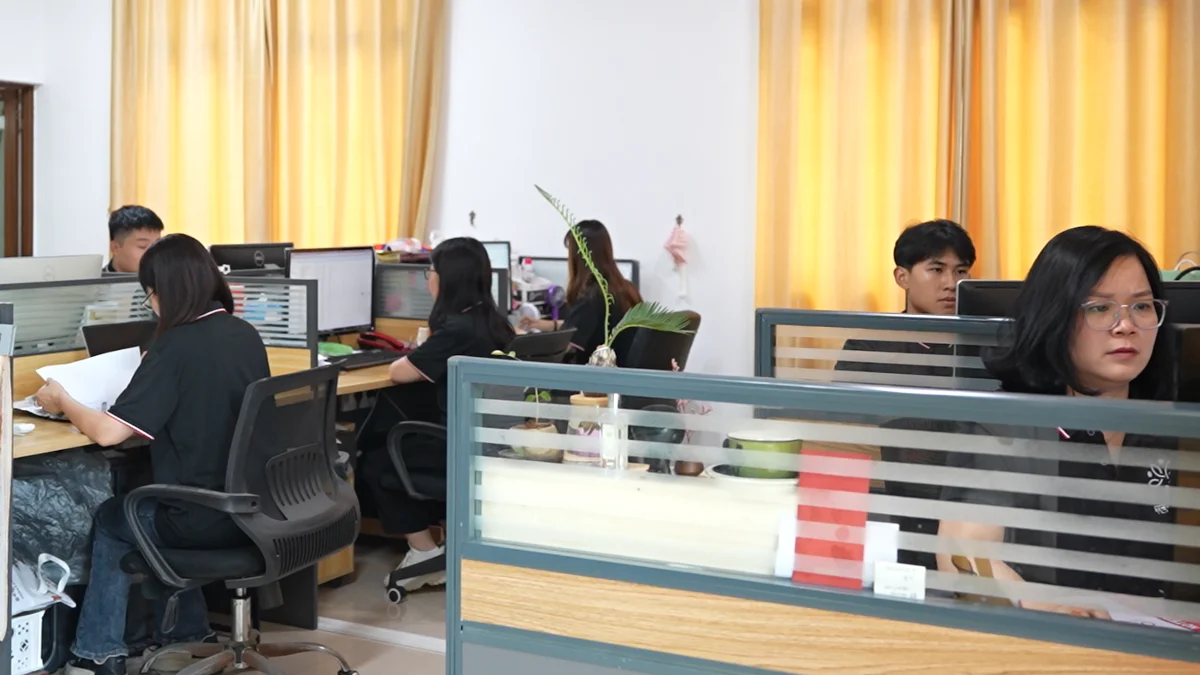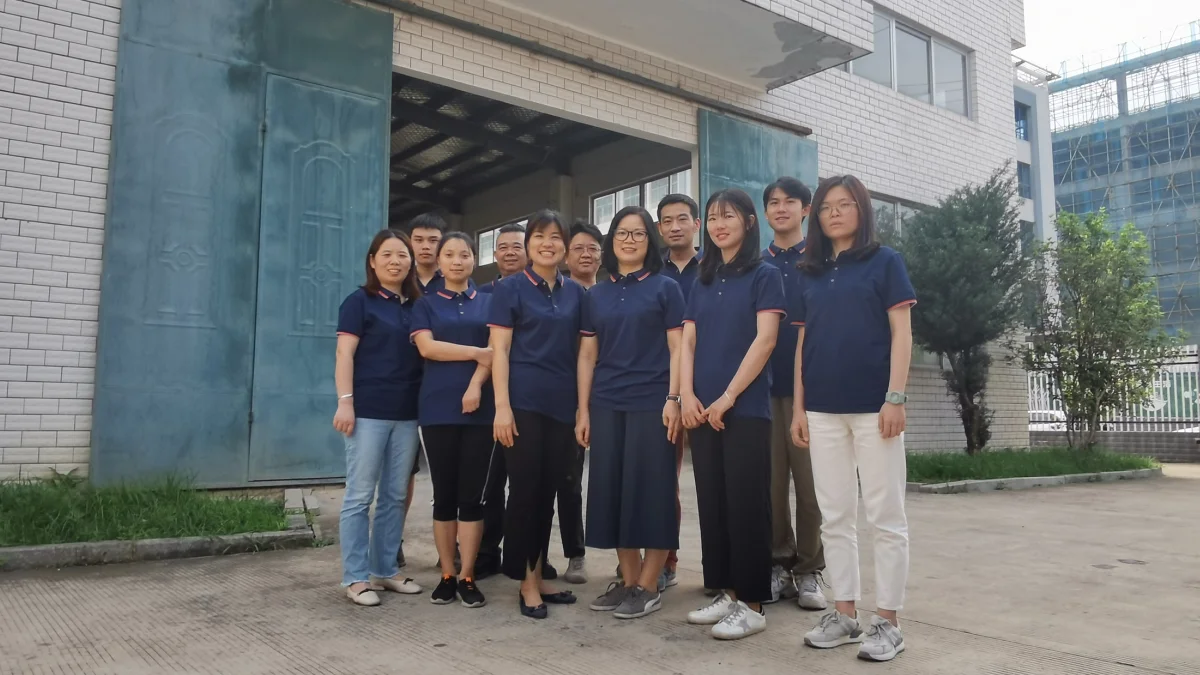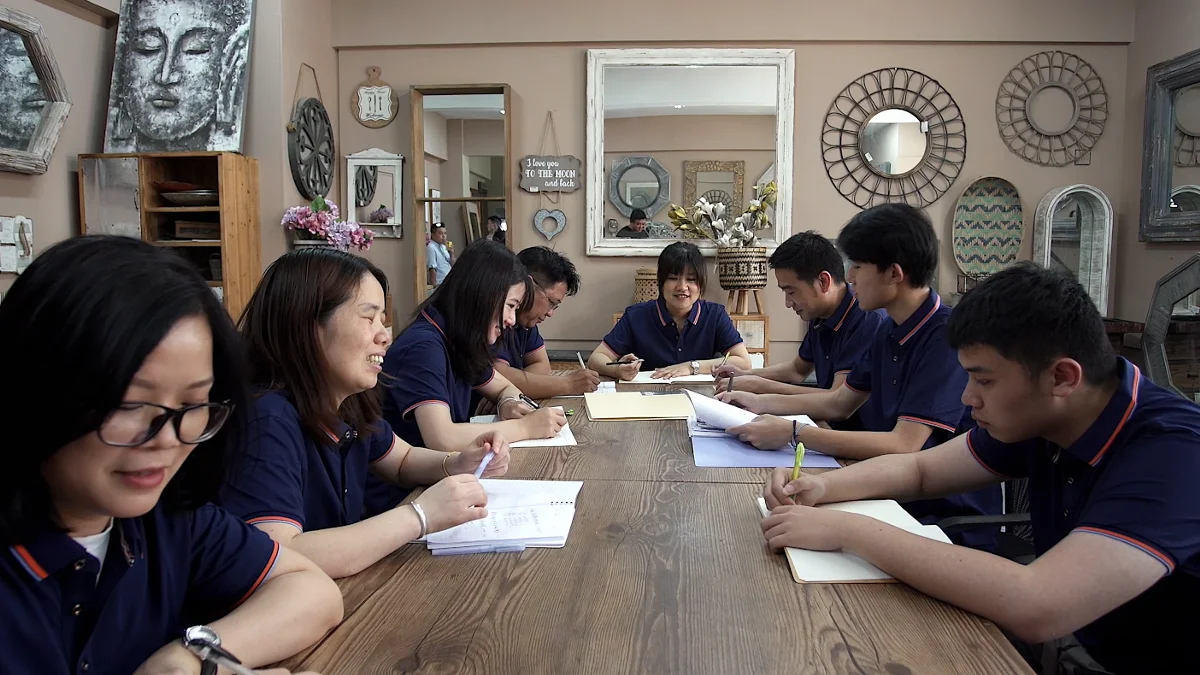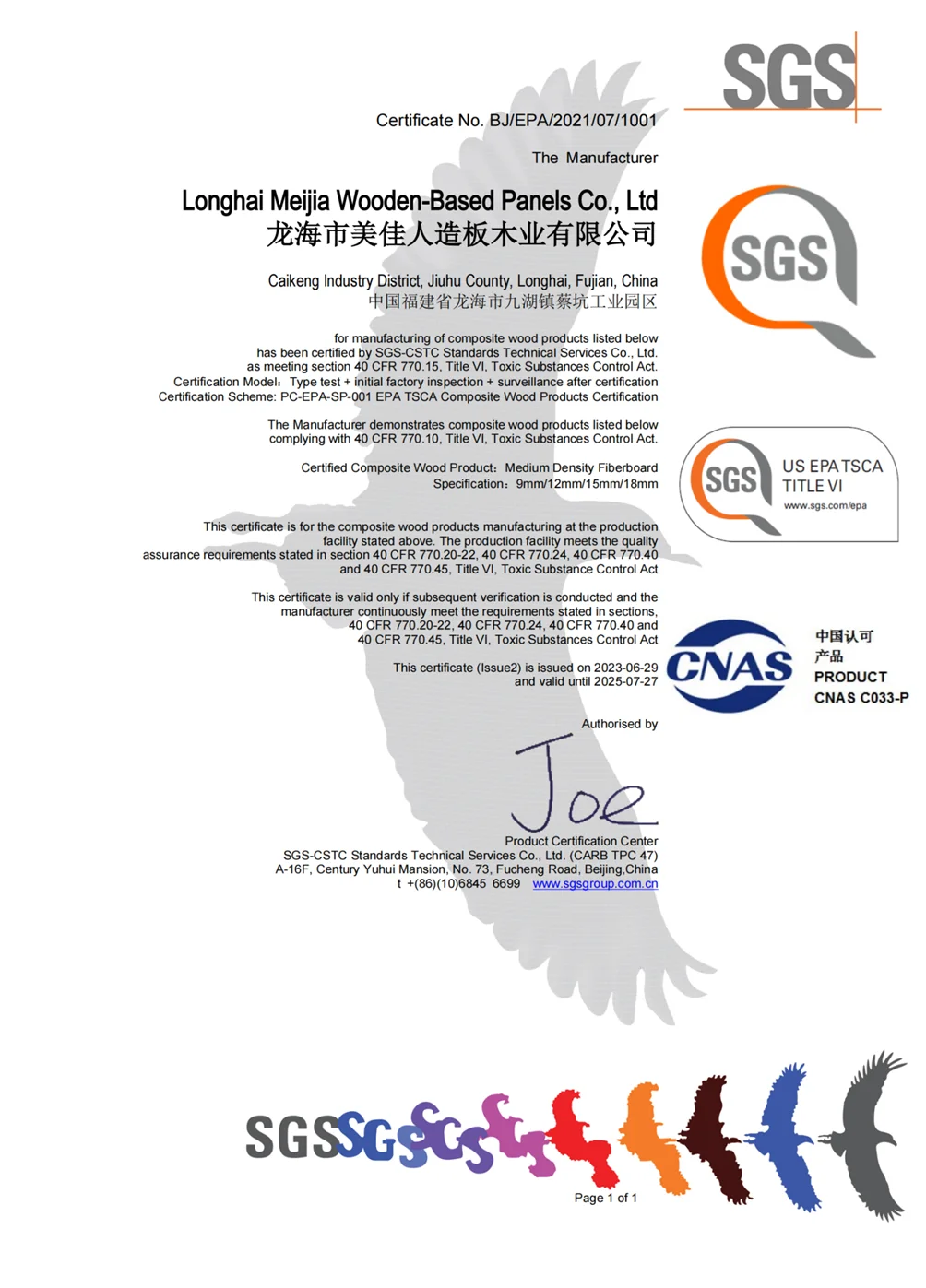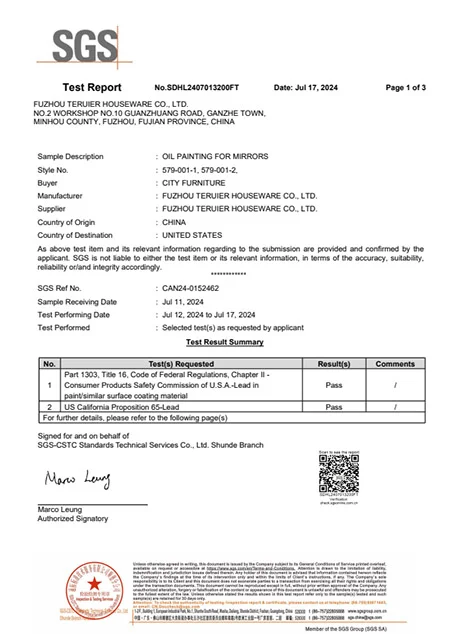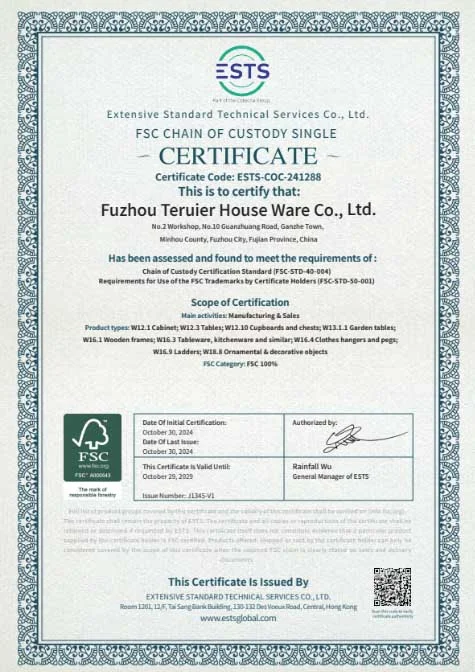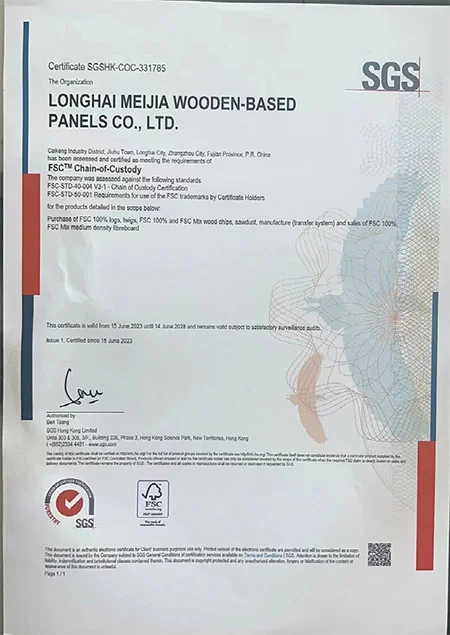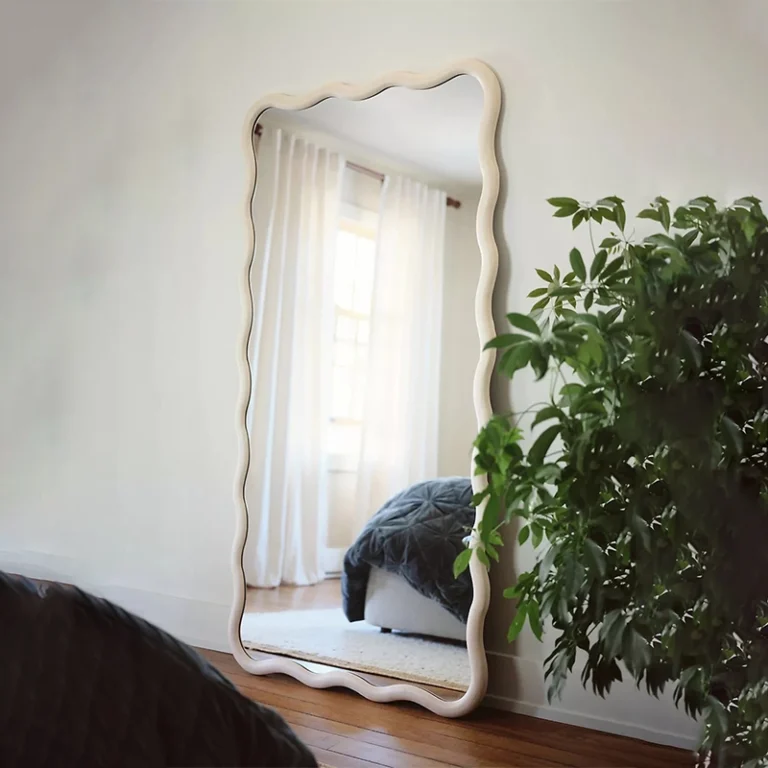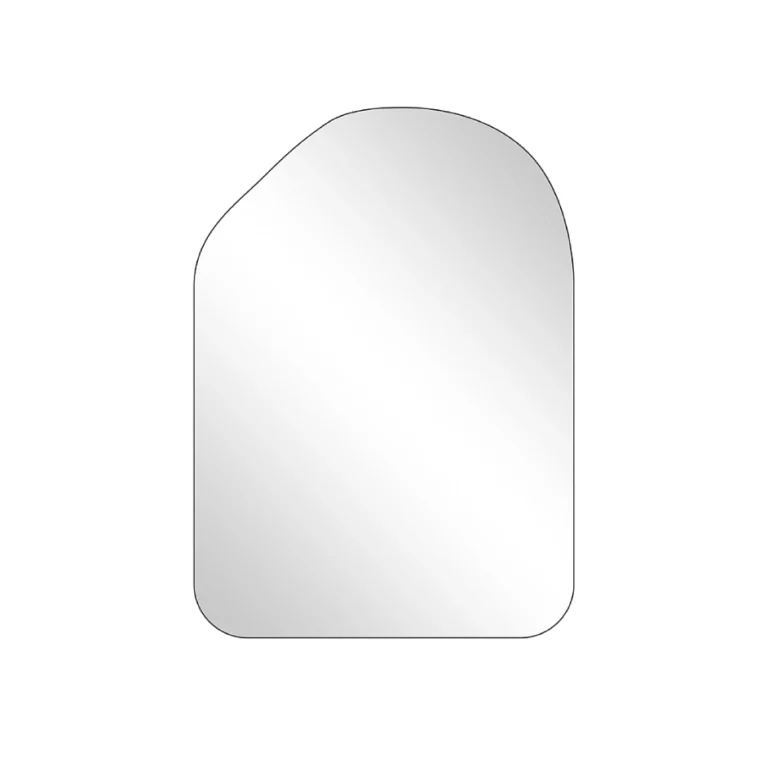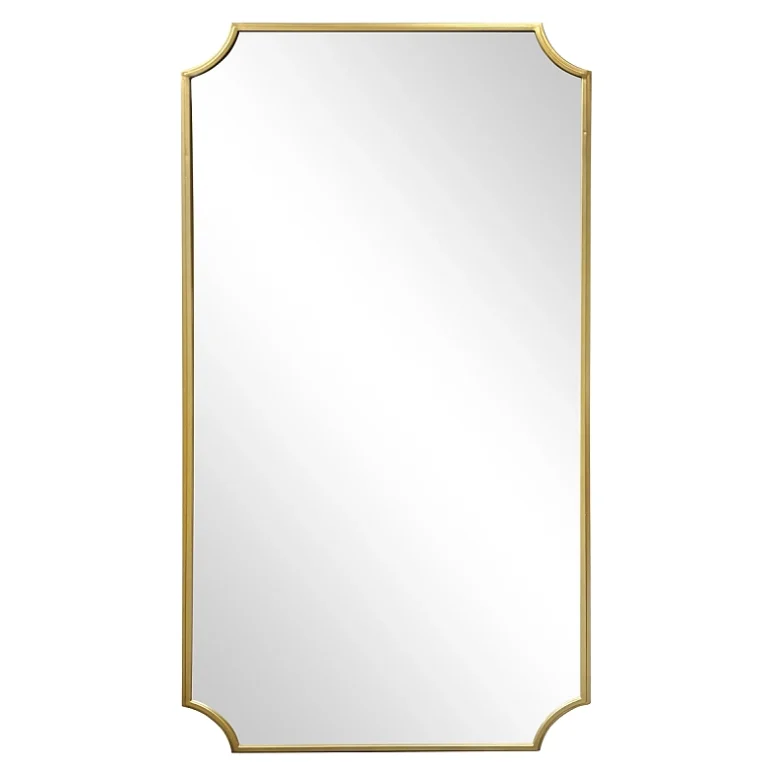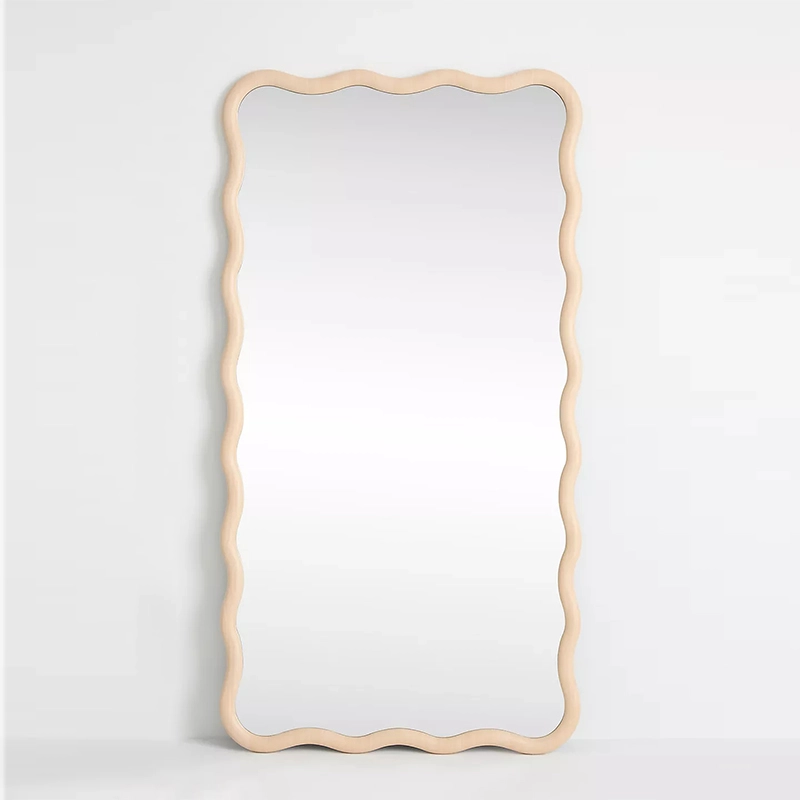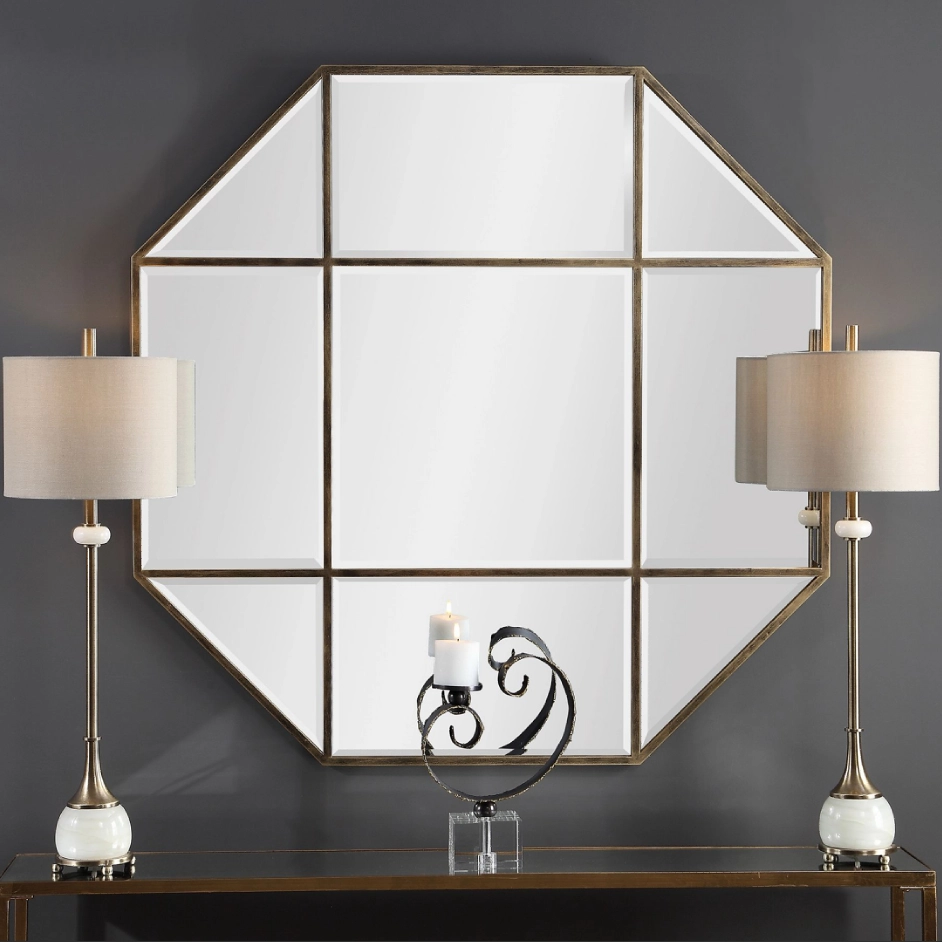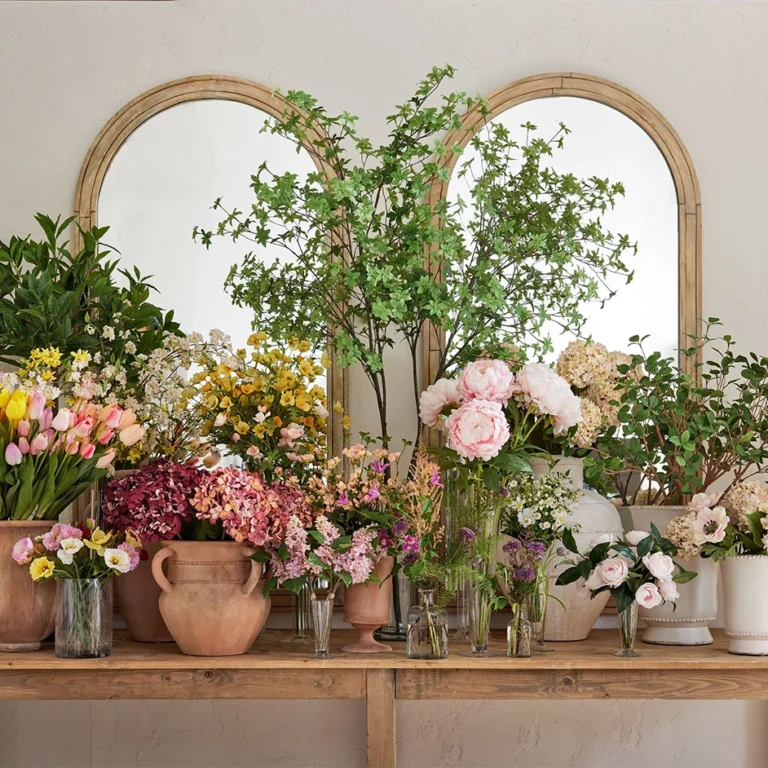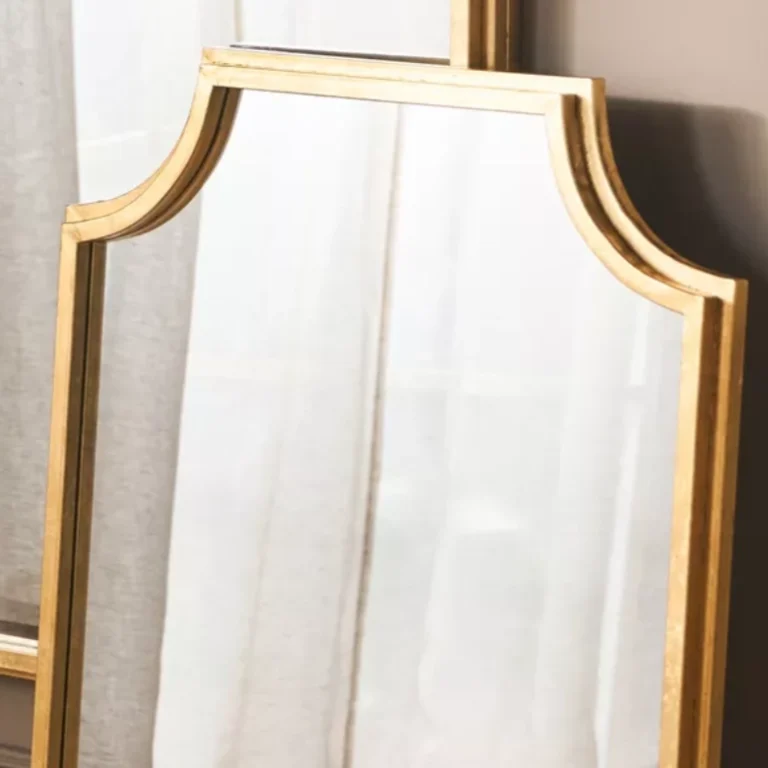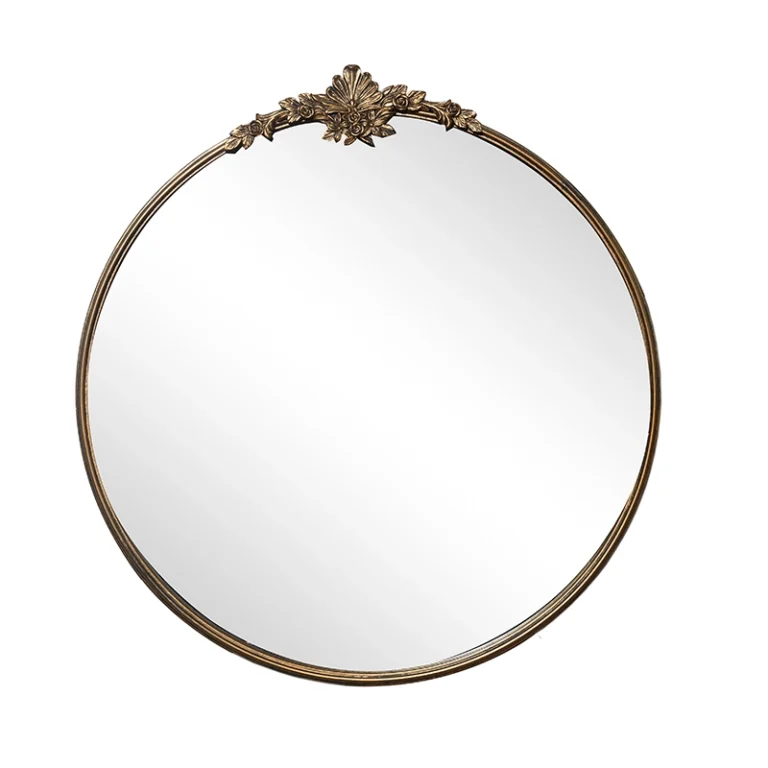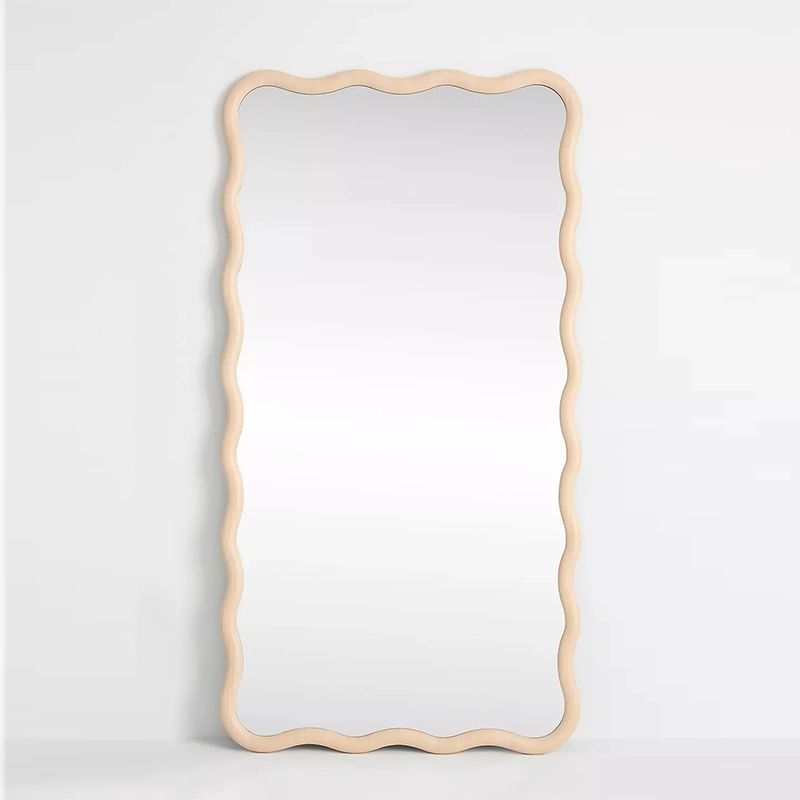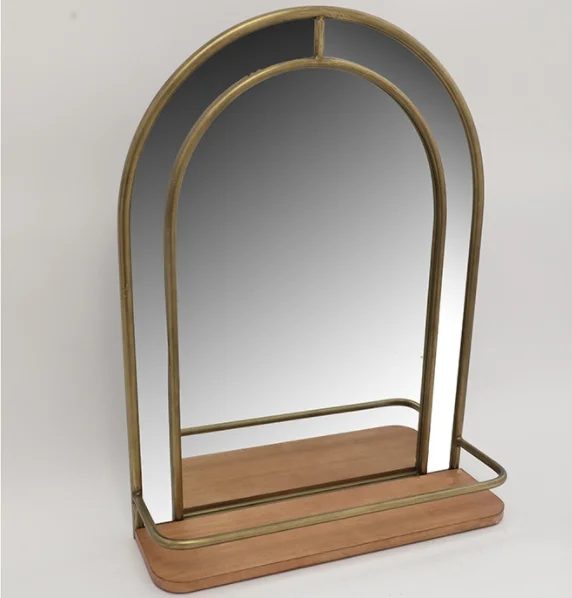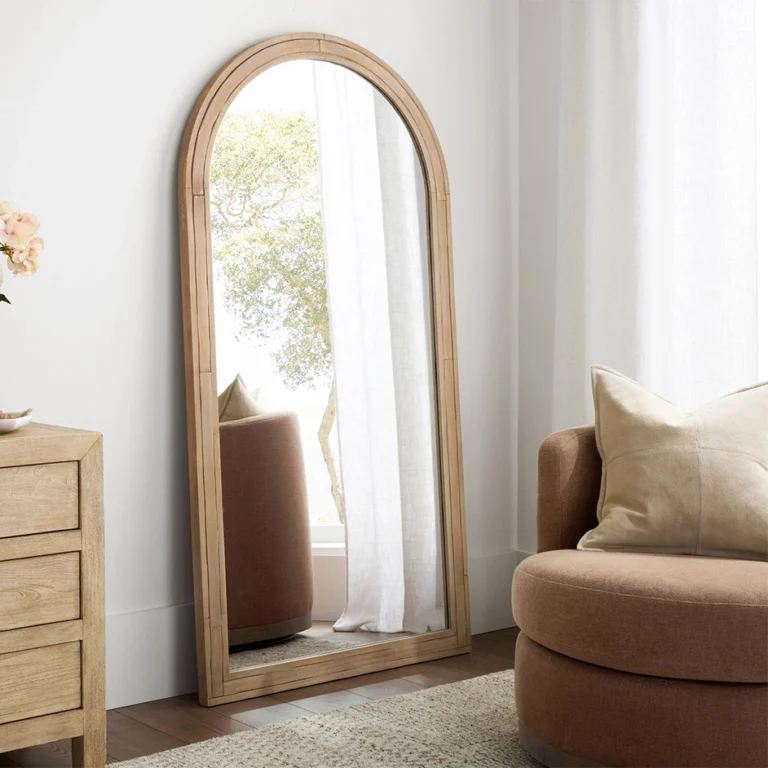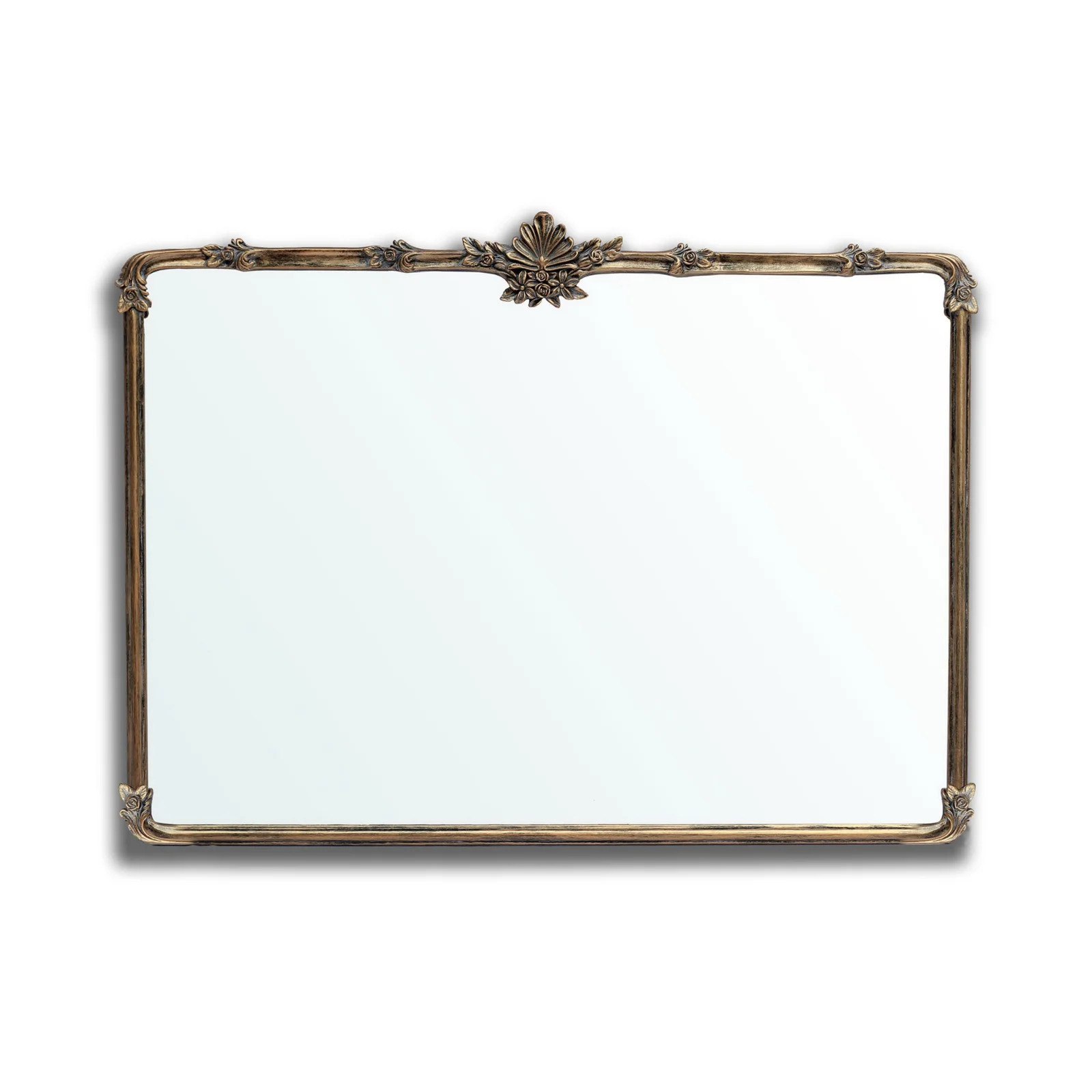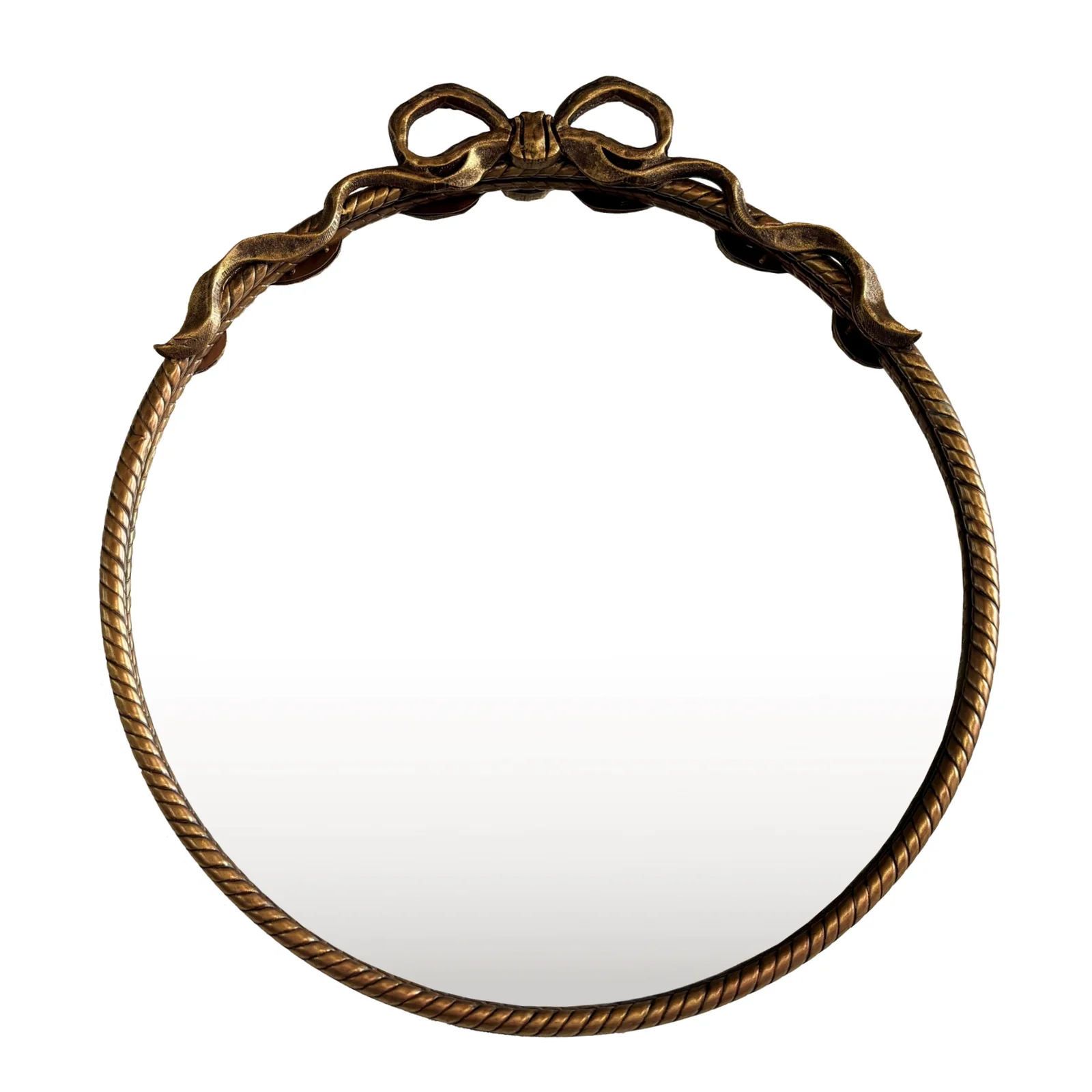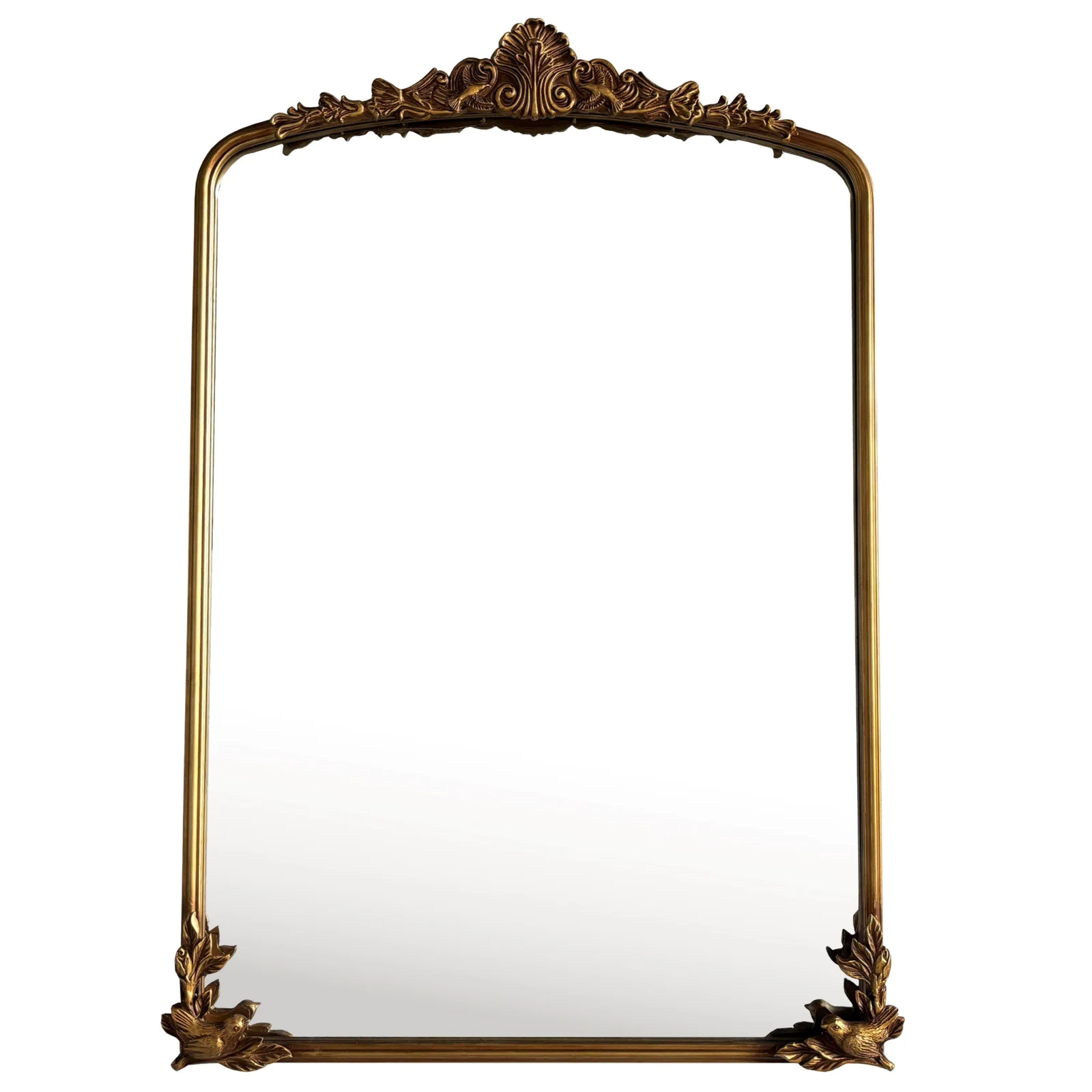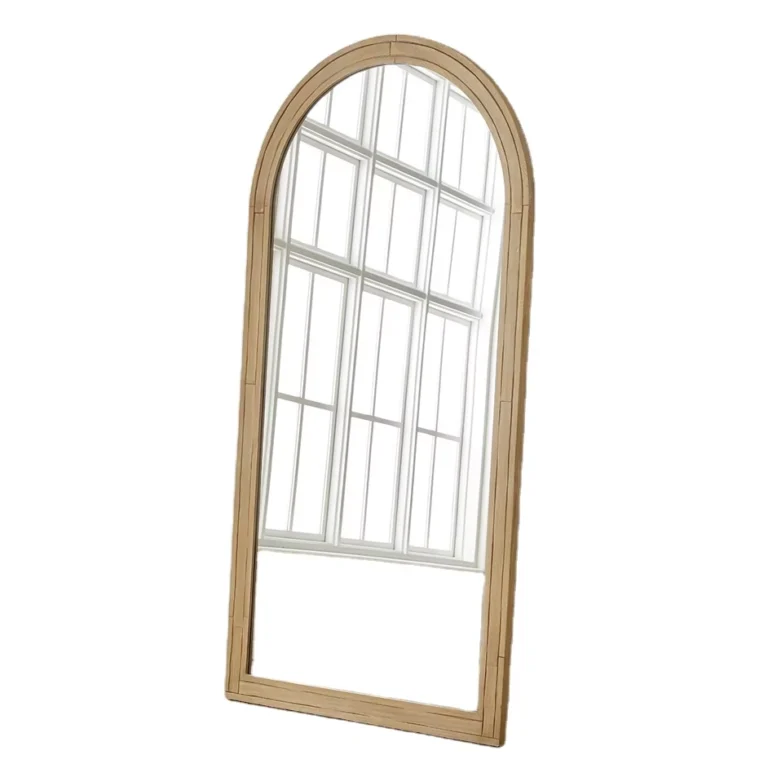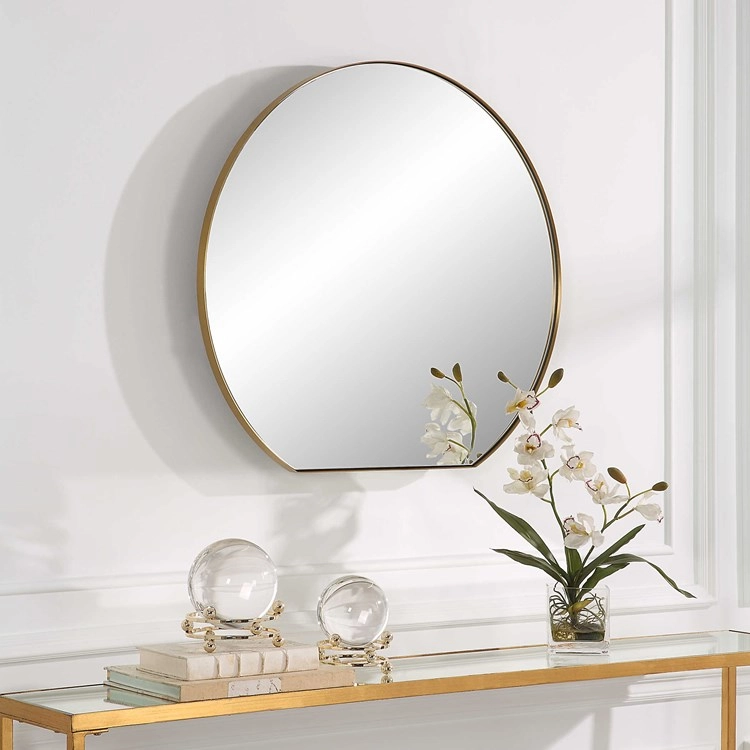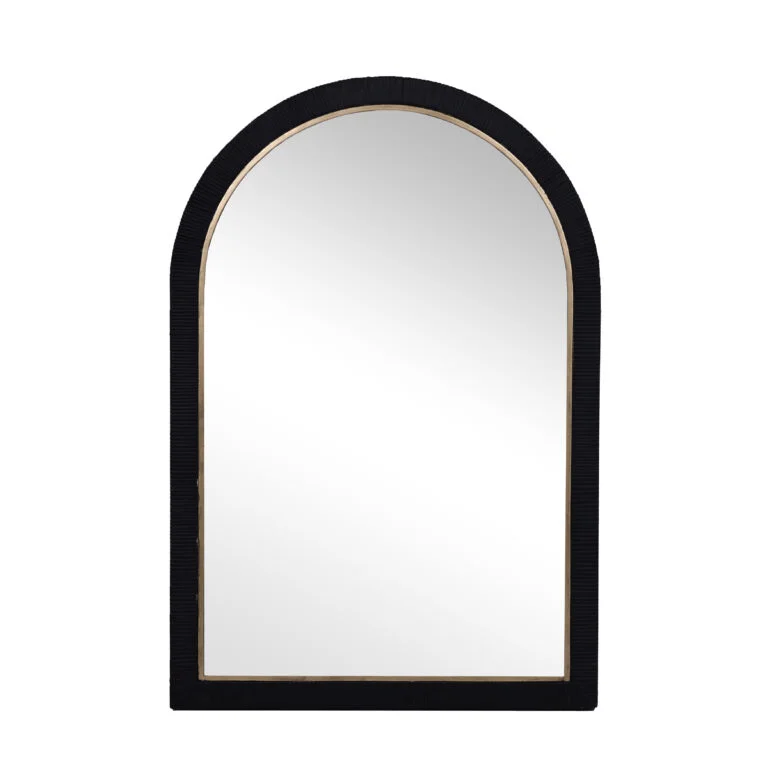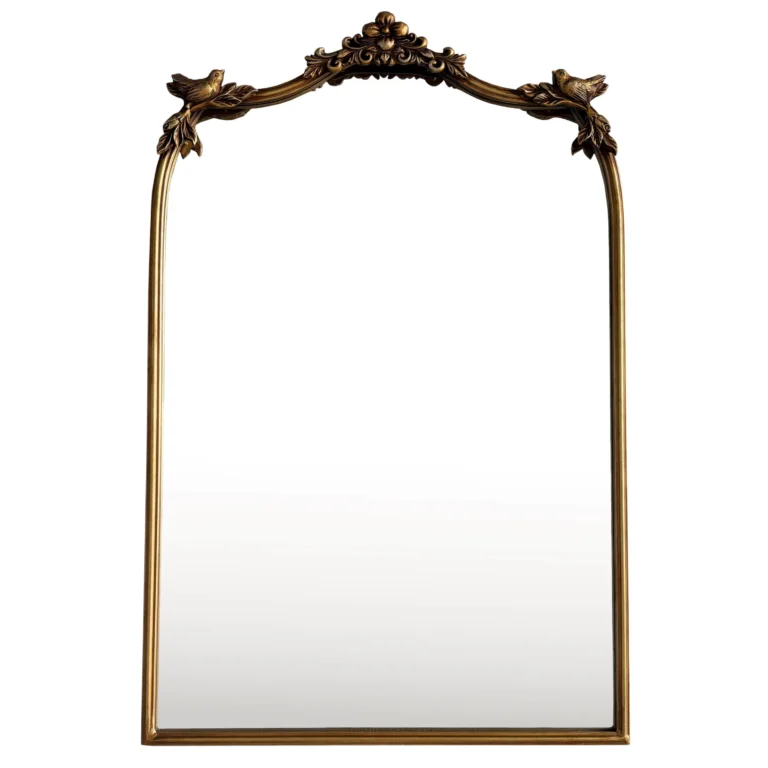vintage mirror with detailed frame kuwait city
Of course. You are likely describing a very specific and beautiful style of mirror commonly found in Kuwait City, particularly in older homes (like those in the Qibla or Sharq areas) or traditional antique shops.
The mirror you’re thinking of is almost certainly a Victorian-style or French Rococo Revival mirror, heavily imported into Kuwait and the Gulf region during the mid-20th century oil boom.
Here’s a detailed breakdown of what characterizes this vintage mirror:
The Detailed Frame
The frame is the most important feature. It is never simple or minimalist. Key characteristics include:
-
Material: It is almost always made of wood (often gessoed) and then heavily gilded with gold leaf or gold paint. You might also find versions with silver or distressed white and pastel finishes, but rich gold is the most classic and sought-after.
-
Style and Motifs: The detailing is ornate and Baroque-inspired, featuring:
-
Floral Swags: Delicate flowers, leaves, and vines carved and curving around the frame.
-
Scrollwork: S-shaped and C-shaped curves that give a sense of movement and opulence.
-
Crests and Cartouches: An ornate top section (the crest) often featuring a central motif like a shell, a shield, a bouquet of flowers, or even a small figurine (like a cherub or a woman’s face).
-
Acanthus Leaves: A classical leaf motif that is a hallmark of Corinthian columns and Rococo design.
-
Beading and Pearling: Tiny, raised bead-like details often outlining the inner or outer edge of the frame.
-
The Mirror Glass Itself
-
Age Marks: The glass is often original and will show signs of its age. This is a key part of its charm.
-
Foxing: A subtle, blotchy, silvery-black patina or spotting that develops on the back of the glass over decades. This cannot be cleaned off and is a sign of authenticity.
-
Distressed Silvering: The reflective backing may have faded or flaked away in small patches, especially around the edges, creating a “ghostly” effect.
Why Are These So Common in Kuwait City?
These mirrors are not native to Kuwaiti culture but became a massive trend in interior design from the 1950s through the 1970s. They were a symbol of luxury, modernity, and newfound wealth. Imported from Europe (especially Italy and France) and also manufactured in places like Egypt and Lebanon, they were shipped to Kuwait to furnish the lavish new villas and palaces being built. They perfectly complemented other popular furniture of the era: velvet couches, marble floors, and ornate wooden furniture.
Where to Find Them in Kuwait City Today:
-
Soouk Al-Mubarakiya (The Mubarakiya Market): This is the prime location. Several antique shops in the older sections of the market specialize in these vintage pieces. You can find them hanging on walls or leaning in stacks.
-
Soouk Sharq: The area around the old Sharq port and the Sharq Suites hotel has several antique furniture stores that carry these items.
-
Specialist Antique Shops: There are dedicated antique dealers scattered around the city, particularly in the Dasman and Qibla areas.
-
Online: Instagram pages and local apps like 4Sale and OpenSooq are excellent places to search. Use keywords like: “Vintage mirror,” “Antique gold mirror,” “Old Kuwaiti mirror,” or “مراية قديمة” (Miraya Qadeema).
If You’re Looking to Buy:
-
Examine the Frame: Check for significant damage, woodworm, or large chunks of gesso that are missing. Minor wear is expected.
-
Check the Glass: Ensure there are no major cracks running through the mirror itself. Foxing and distressed silvering are desirable.
-
Negotiate: Haggling is often part of the process in these markets.
In summary, the vintage mirror you’re picturing is a gilded, ornate Victorian/Rococo revival mirror, a iconic piece of 20th-century Kuwaiti interior design history.
Generally speaking, our order requirements are as follows: the minimum order quantity (MOQ) for large items is 50 pieces, for regular items it is 100 pieces, for small items it is 500 pieces, and for very small items (such as ceramic decorations) the MOQ is 1,000 pieces. Orders exceeding $100,000 will receive a 5% discount. The delivery timeline is determined based on the specific order quantity and production schedule. Typically, we are able to complete delivery within two months.

